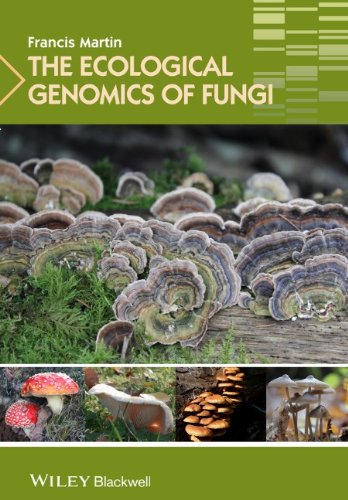

Most ebook files are in PDF format, so you can easily read them using various software such as Foxit Reader or directly on the Google Chrome browser.
Some ebook files are released by publishers in other formats such as .awz, .mobi, .epub, .fb2, etc. You may need to install specific software to read these formats on mobile/PC, such as Calibre.
Please read the tutorial at this link: https://ebookbell.com/faq
We offer FREE conversion to the popular formats you request; however, this may take some time. Therefore, right after payment, please email us, and we will try to provide the service as quickly as possible.
For some exceptional file formats or broken links (if any), please refrain from opening any disputes. Instead, email us first, and we will try to assist within a maximum of 6 hours.
EbookBell Team

4.7
66 reviewsThis unique book covers a broad diversity of fungal systems and provides unique insight into the functions of those fungi in various ecosystems – from soil, to plant, to human. Bringing together fungal genomic information on a variety of lifestyles and traits, the book covers saprotrophism, pathogenesis (including biotrophs, hemibiotrophs, necrotrophs) and symbiosis. Advances in high-throughput sequencing now offer unprecedented opportunities for identification of novel key molecular mechanisms controlling plant-microbe interactions, evolution of fungi and developmentally- and ecologically-relevant traits, this book explores how these massive streams of fungal sequences can be exploited to gain a deeper understanding of the evolution of fungi and their ecological role.
Although tremendous progress has been made in recent years in fungal genomics, thanks to the sequencing of over one hundred fungal genomes, until now no book has used this information to bridge fungal genomics, molecular ecology and ecology. Edited by a recognized leader in fungal genomics and soil metagenomics with over a decade of experience, Genomics & Metagenomics for Harnessing the Ecology of Fungi will be a useful resource for the experienced as well as the new researchers entering the field.
Content: